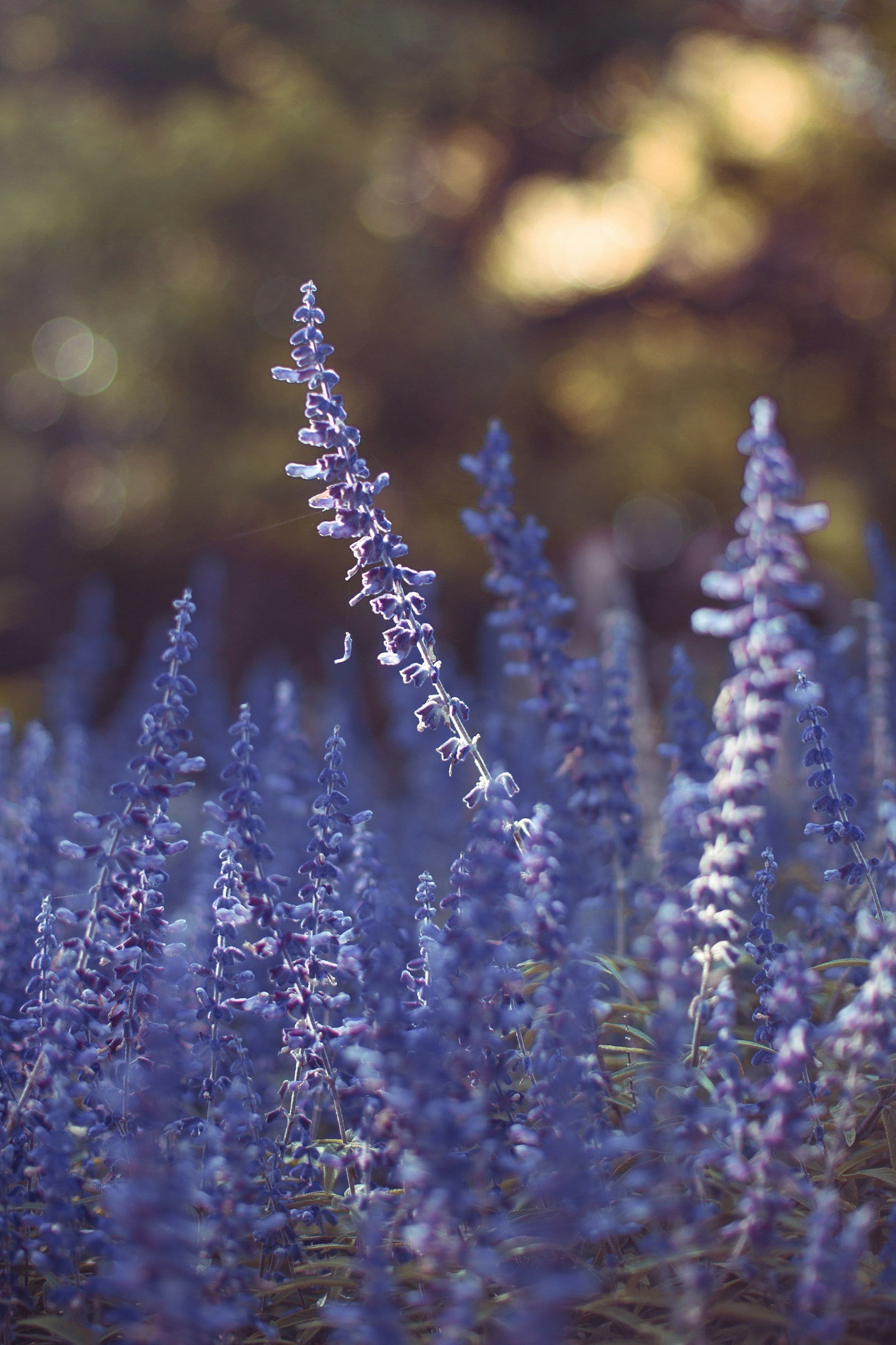Amazing DIY Tallow Sunscreen
How much do you really know about your sunscreen? Is it chemical or mineral? Are there any known endocrine disruptors, skin irritants, carcinogens, is it safe for baby? If you have found yourself questioning the sunscreen narrative, you're in the right place! Let’s take a closer look at commercial sunscreen and explore a more natural and nourishing alternative.
Chemical vs Mineral
Chemical sunscreens work thru chemical processes to convert the suns rays into heat and release it away from your skin. They also happen to enter your blood stream and can remain present in your body for weeks and even months after use! They have also been proven to damage marine life! Here is a breakdown of three common active ingredients in popular chemical sunscreens.
Oxybenzone- Oxybenzone, also known as BP-3, is an “organic” compound derived from benzophenone. It appears as pale-yellow crystals that readily dissolve in most organic solvents. It is commonly found in sunscreen, plastics, nail polish, fragrances, hairspray, and cosmetics. It is used as a UV stabilizer. This ingredient is banned in Hawaii due to research showing its negative impact on ocean life.
Octinoxate - is a "synthetic organic compound commonly found in sunscreens, lip balms, hand or face moisturizers, makeup products, perfumes, hair sprays, and aftershaves. This ingredient is considered safe in specific doses by the USA and EU but is also classified as a known Endocrine Disrupter. It is also known to be harmful to marine life and is very difficult to remove from water.
Avobenzone- also known as butyl methoxydibenzoylmethane, is a common chemical sunscreen ingredient. It absorbs the full spectrum of UVA rays and converts them into heat. This ingredient breaks down rapidly when exposed to sunlight, loosing up to 90% of its effectiveness within an hour of uv exposure. It is also shown to contribute to coral reef bleaching.
Now this is just focusing on active ingredients, we aren't taking into account the plethora of junk ingredients included in the inactive ingredients, often including known endocrine disruptors, and ingredients that irritate your skin rather than soothe and nourish it.
Mineral sunscreens rely on two common active ingredients - zinc and titanium dioxide. Each of these ingredients are generally considered very safe EXCEPT when in nano form. Nano titanium dioxide and nano zinc are both considered harmful to marine life and are readily absorbed into the bloodstream thru the skin. Always select non nano options when going for a mineral sunscreen. And while these active ingredients are considered very safe, even for babies, be wary when purchasing commercially available mineral sunscreens and consider all the inactive ingredients as well. Many “natural” sunscreens still contain many disruptive or harmful ingredients in that inactive ingredients column.
Clean SPF!
If you want to have the most natural and nourishing sun protection for your family, you are in luck! It's actually really easy to make your own sunscreen at home (or buy from my shop)! I have been making sunscreen for the last 20 years. Yes, I started making my own sunscreen around age 8, it has been a lifelong passion of mine. Over the years I have experimented with many formulations and am absolutely in love with my latest formulation using whipped tallow as the base.
Recipe
7oz (Just under 1 cup) tallow (8 oz if you won’t be using 1oz of another optional oil like rose hip, raspberry seed, coconut etc…)
2oz (6tbsp) non nano zinc oxide (this is the main sunscreen component, add up to 3oz if you feel you need more spf)
Optional 1oz (2tbsp) rose hip, raspberry seed, carot seed, or coconut.
Optional 1 oz (2tbsp) beeswax (longer wear in water and high sweat situations)
Optional essential oils - 5-15 drops of helichrysum, lavender, mint or anything you like (excluding citrus or any photosensitive oils)
Optional Herbs - Fresh or dried will work in this recipe. I usually use just enough herbs that they can move freely in the melted fat.
Method:
Measure out tallow and optional herbs into a heat proof container. Add your container to a shallow pot of water and melt/infuse the tallow and herbs over low heat for several hours (a slow cooker can be great for this).
Once infused, remove from the heat and if you used herbs, strain thru a cheese cloth.
Let it cool slightly and then add the remaining ingredients and mix well.
Let it cool completely and whip again to achieve a light and easy to use texture!
Add your finished whipped tallow into clean containers, label so you don’t forget what you put in there, and enjoy!
Regular sunscreen application rules apply, put it on 15-20 minutes before sun exposure and reapply regularly especially if you are in the water.
Why these ingredients?
Tallow
The ultimate base… It absorbs into the skin very quickly, feels light and non-greasy. Nutrient dense skin food, providing vitamins a, d, e, and k as well as omega 3 fatty acids, which all contribute to protecting the skin from damage and inflammation as well as soothing and treating conditions like eczema, burns, rashes and even acne!
Rose Hip, Raspberry or Carrot Oil
Optionally, consider other nourishing and antioxidant oils like carrot seed, red raspberry leaf, and Helichrysum. These all aid in promoting faster cell turn over, healing any damage from the sun and environment.
Non nano zinc oxide
Broad spectrum uva and uvb protection but it is also anti-inflammatory, anti bacterial, helps soothe and heal irritated skin (amazing for diaper and heat rashes on littles), helps with acne, reduces redness and inflammation, and it can also help smooth uneven skin and scars!
Get even more out of your sunscreen by infusing your tallow with healing and soothing herbs, some of my favorites you may wish to consider are detailed here…
Calendula
Anti-inflammatory: Helps reduce inflammation and soothe irritated skin.
Wound Healing: Promotes faster healing of cuts, burns, and abrasions.
Moisturizing: Hydrates and nourishes dry skin.
Antimicrobial: Protects against infections and helps treat minor skin infections.
Chickweed
Anti-inflammatory: Reduces swelling and irritation.
Wound Healing: Speeds up the healing process of cuts and abrasions.
Soothing: Provides relief from itching and rashes.
Antimicrobial: Helps fight off infections.
Plantain
Anti-inflammatory: Reduces redness and swelling.
Wound Healing: Promotes the healing of cuts, bruises, and insect bites.
Antimicrobial: Protects against bacterial infections.
Soothing: Calms irritated skin and provides relief from itching.
St. John’s Wort
Anti-inflammatory: Reduces inflammation and soothes irritated skin.
Wound Healing: Helps heal cuts, bruises, and burns.
Moisturizing: Hydrates and nourishes the skin.
Antimicrobial: Protects against infections and helps treat minor skin conditions.
Comfrey
Anti-inflammatory: Reduces swelling and pain.
Wound Healing: Promotes rapid skin-cell growth and helps heal cuts and bruises.
Moisturizing: Soothes and hydrates dry, irritated skin.
Antimicrobial: Protects against bacterial infections.
Lavender
Anti-inflammatory: Reduces redness and soothes irritated skin.
Wound Healing: Promotes healing of cuts, burns, and insect bites.
Antimicrobial: Protects against infections and helps treat acne.
Calming: Provides a soothing effect and helps reduce stress-related skin issues










